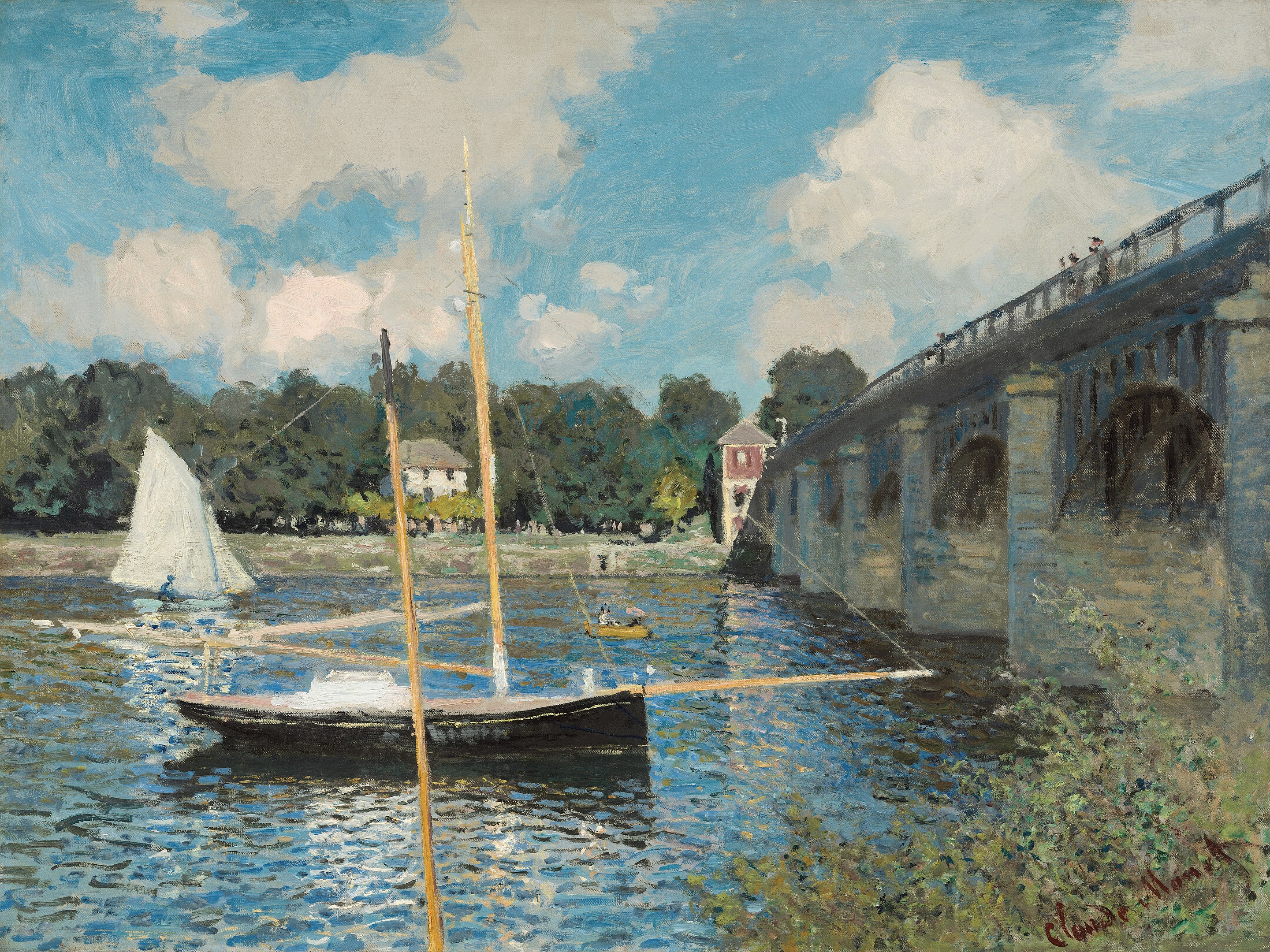Edgar Degas arrived in New Orleans in 1872 for an extended stay, two years after he had enlisted in the National Guard during the Franco-Prussian War, and two years before he would join a group of painters back in Paris for the first of what would become known as the Impressionist Exhibitions.
It was a pivotal time in his career, one that brought to the fore many important familial, artistic, and personal connections.











+1896.jpg)
+1896.jpg)